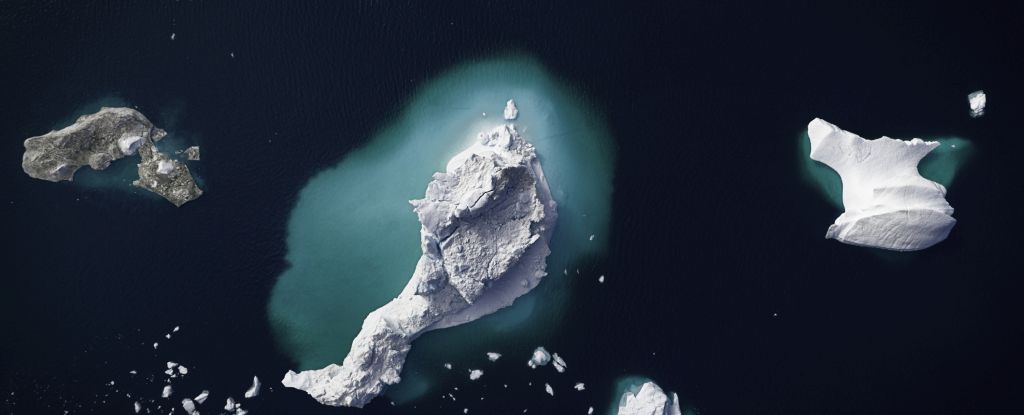A warming world is going to change in all sorts of ways, but there’s one shift that probably wasn’t on the bingo cards of many. A new study has found the redistribution of mass from melting polar ice is changing the very rate at which the planet spins.
In fact, at the current rate of melting, a leap second planned for subtraction from coordinated universal time in 2026 to ensure it keeps pace with Earth’s shifting rotation won’t be required until 2029, says geophysicist Duncan Agnew of the University of California San Diego.
Pushing it back might not sound like a big deal – it’s just a second, after all – but global timekeeping is a highly precise and rigid field on which many applications rely, from communications to network computing to financial markets.
In addition, it takes a lot of mass to change the rotation of Earth. The finding represents a sad indictment of how serious the situation has become.
“If polar ice melting had not recently accelerated, this problem would occur 3 years earlier,” Agnew writes in his paper. “Global warming is already affecting global timekeeping.”
Coordinated universal time, or UTC, is a system based on hundreds of atomic clocks, around which all other clocks are regulated.
Because Earth’s rotation isn’t constant, a timekeeper as precise as an atomic clock will eventually be off-kilter compared to the time we keep on Earth. So, every so often, a leap second is added to UTC to realign its relationship to International Atomic Time, or TAI.
To date, there has been no need for a negative leap second to be shaved off UTC, but in 2022, Earth experienced its shortest day ever recorded, leading to speculation and plans for a negative leap second in 2026.
We’ve not needed a leap second adjustment since 2016, but the prospect of a negative leap second had some humans worried about the effect on our technology.
As Agnew notes, “Many systems now have software that can accept an additional second, but few if any allow for removing a second, so that a negative leap second is expected to create many difficulties.”
Since Earth’s rotation has been spotted doing some strange things lately, Agnew decided to take a zoomed out look at its angular velocity – at the way its rotation has been changing in recent years and the distribution of mass on its surface.
Earth’s gravity is constantly monitored by satellites orbiting Earth, measuring changes between their orbits and the distances between them as they are affected by regional variations in the gravity on Earth’s surface. Since gravity is directly linked to mass, this can reveal where mass is concentrated.
Agnew studied changes in Earth’s gravity field and measurements of the planet’s rotation rate. He found that melting ice caps have a pronounced effect on Earth’s rotation. When ice in Greenland and Antarctica melts, it flows into the oceans, redistributing mass and changing, just slightly, the planet’s rotation.
Based on this information, Agnew found a negative leap second will be required by 2029.
The leap second system was instituted in the early 1970s, back when Earth’s rotation was the most consistent method of keeping time. But this hasn’t been the case for some decades, and there has been discussion about changing the rules to sever the relationship between UTC and TAI. Agnew suggests a more immediate change: never to allow a negative leap second.
The accelerating mass transfer on Earth due to polar melting may have deferred the problem of the negative leap second for now; but it also, Agnew notes, increases the chances of needing to add leap seconds in the future.
“Global warming and global timekeeping have become inextricably linked,” he writes, “and may be more so in the future.”
His findings have been published in Nature.





